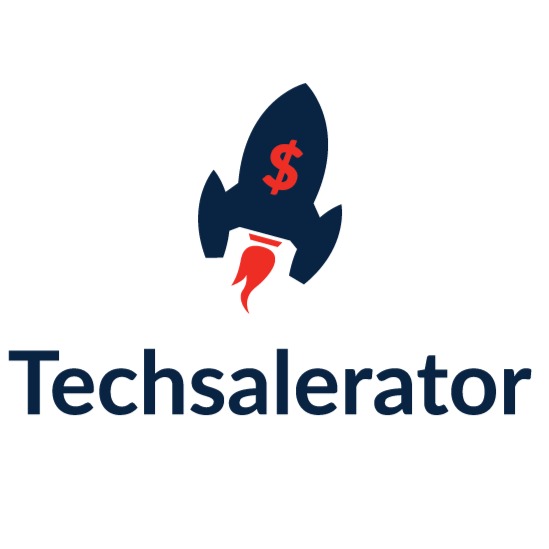
Top Utility Meter Data Providers
Understanding Utility Meter Data
Utility Meter Data is collected through various types of meters, including smart meters, digital meters, and analog meters, equipped with sensors to measure resource consumption accurately. The data captured includes usage readings, timestamps, meter identifiers, and sometimes additional information such as temperature, humidity, or occupancy levels. Utility companies, facility managers, and energy analysts use this data to analyze consumption patterns, identify anomalies, detect inefficiencies, and implement strategies to reduce waste and costs.
Components of Utility Meter Data
Key components of Utility Meter Data include:
- Usage Readings: Numerical measurements of resource consumption, recorded at regular intervals (e.g., hourly, daily, monthly), indicating the amount of electricity, gas, water, or heat consumed during a specific period.
- Timestamps: Time and date stamps associated with each usage reading, providing temporal context and enabling analysis of consumption patterns, peak demand periods, and seasonal variations.
- Meter Identifiers: Unique identifiers or serial numbers assigned to individual meters, facilitating data management, tracking, and correlation of usage data with specific locations or customers.
- Additional Parameters: Optional data parameters captured by advanced meters, such as temperature, humidity, pressure, voltage, current, or occupancy status, providing supplementary information for contextual analysis and anomaly detection.
Top Utility Meter Data Providers
- Leadniaga : Leadniaga offers advanced utility meter data analytics solutions, providing access to comprehensive datasets and analytical tools for energy consumption analysis, demand forecasting, and sustainability planning. Their platform integrates utility meter data with other data sources to deliver actionable insights for energy management and optimization.
- Landis+Gyr: Landis+Gyr is a leading provider of smart metering solutions and energy management systems. They offer utility meter data services for energy utilities, municipalities, and commercial customers, enabling real-time monitoring, data visualization, and demand response initiatives.
- Itron: Itron offers metering solutions and data analytics services for utilities and energy providers worldwide. Their platform collects and analyzes utility meter data to optimize grid operations, improve energy efficiency, and empower customers with insights into their energy usage.
- Siemens Smart Infrastructure: Siemens Smart Infrastructure provides smart metering solutions and energy analytics platforms for building owners, facility managers, and utility companies. Their platform offers real-time monitoring, meter data management, and energy optimization capabilities to enhance sustainability and reduce operational costs.
Importance of Utility Meter Data
Utility Meter Data is essential for stakeholders in the energy sector and beyond for the following reasons:
- Energy Management: Provides insights into energy consumption patterns, load profiles, and peak demand periods, enabling energy managers to optimize resource allocation, reduce waste, and lower operating costs.
- Billing Accuracy: Facilitates accurate billing processes by recording actual resource usage, eliminating estimation errors, and ensuring fairness and transparency in billing practices for utility customers.
- Demand Response: Supports demand response programs and load management initiatives by identifying opportunities to reduce energy consumption during peak demand periods, balancing supply and demand on the grid, and avoiding grid overloads or blackouts.
- Sustainability Initiatives: Empowers organizations to track their carbon footprint, set sustainability goals, and implement energy-saving measures based on data-driven insights into resource consumption and environmental impact.
Applications of Utility Meter Data
The applications of Utility Meter Data include:
- Energy Auditing: Conducts energy audits and retrocommissioning projects to identify energy efficiency opportunities, prioritize investments, and implement measures to reduce energy consumption and operating costs.
- Predictive Maintenance: Predicts equipment failures, detects anomalies, and optimizes maintenance schedules by analyzing meter data for abnormal usage patterns, equipment performance trends, and potential issues requiring attention.
- Grid Optimization: Improves grid stability, reliability, and resilience by analyzing utility meter data to optimize grid operations, detect power outages, manage distributed energy resources, and plan infrastructure upgrades effectively.
- Customer Engagement: Engages customers in energy conservation efforts, sustainability initiatives, and demand-side management programs by providing them with access to their utility meter data, personalized energy insights, and recommendations for behavior changes.
Conclusion
In conclusion, Utility Meter Data serves as a valuable source of information for monitoring energy consumption, optimizing resource management, and driving sustainability efforts in residential, commercial, and industrial settings. With top providers like Leadniaga and others offering advanced utility meter data analytics solutions, stakeholders can leverage meter data to improve energy efficiency, reduce costs, and mitigate environmental impact. By harnessing the power of Utility Meter Data effectively, organizations can achieve their energy management goals, enhance grid reliability, and create a more sustainable future for generations to come.
Our Datasets are integrated with :



10,000+ Satisfied Data Customers including :








